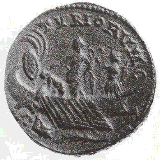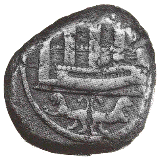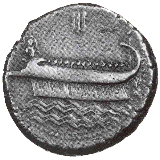Currency
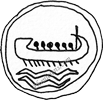

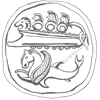
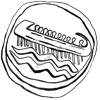
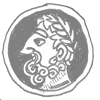







The Phoenician cities, maritimes and merchants, had established a commercial relationship with most of the Antique cities of the Mediterranean shores. Transactions and acquisitions were realized on the basis of barter exchange of merchandises (like purple tissues, jewelry, and art objects), for raw materials or food supplies for refueling ships.
The currency, manufactured in gold, silver and bronze, appeared only as of the Achaemenid period. Invention of the Lydians or the Greeks in the sixth century BC, was disseminated in the Persian Empire at the reign of Darius Ist, which made a currency with his effigy: the daric. The currencies' emission in the Phoenician cities was closely correlated to the same period.
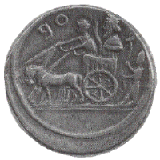
In Sidon, the oldest currency dates back to 450-435 BC, it was made in silver. On one side a representation of a ship, and on the flip side, the grounds of a king enthroned on a chariot, besides an auriga, and followed on foot by a third person supposed to be the local king dressed like a high priest. The first abbreviations in Phoenician letters, representing royal names or city names, were engraved on the currency in the reign of Baalshamin I (435-430 BC). The first bronze species was edited in the reign of Abdashtart I (375-362 BC), while maintaining the same templates and representations as that in silver.
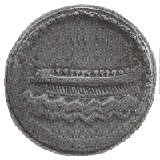
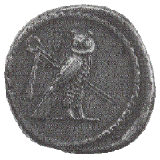
In the great metropolis Tyre, currency took its place during the same period (Persian reign), but the Achaemenid influence was less expressive on coins. Coins made in this city adopted the Egyptian-inspired figurations: the motifs of owl with the flagellum and the spectrum, as well as representations of marine divinity bestriding a sea horse, the winged hippocampus. The first currency in Tyre was edited around 435-400 BC. It was engraved with symbols representing some of the activities of the city: the murex, dolphin and cedar.
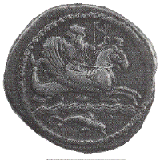
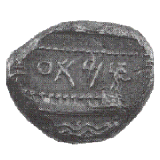
In Gebal (Byblos), the first currency goes back to 425 BC, where the Egyptian influence is also found to be dominant, in view of the special relationship which united this city to the Egyptian Pharaohs. On the coins we find the sphinx, wearing the double crown Egyptian (pschent) on one side, and a lotus flower on the other side. On some other pieces, we read the Phoenician formula mlk gbl, which means the king of Gebal.
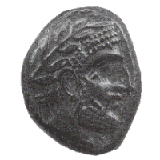
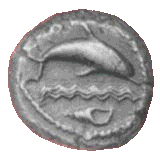
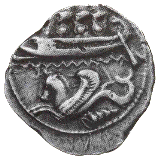
The appearance of the currency was certainly not limited to those three cities. Archaeologists also found coins in other Phoenician sites, like Arados (Arwad maritime city in the north between Byblos and Ugarit), and Kition (on Cyprus island) closely related to the Tyrian dynasty... However, it is essential to specify that a large amount of coins were found in commercial countertops: Carthage, Sicily, Sardinia, Cadiz ... All those coins, recovered from those various sites, had one common denomination: Marine elements such as a boat, sea horse, dolphin, tuna ..., although they also had other elements (deities such as the god Melqart, or a horse the symbol of courage and power ...). The currency is also reflected in the richness of cities: murex and cedar...
